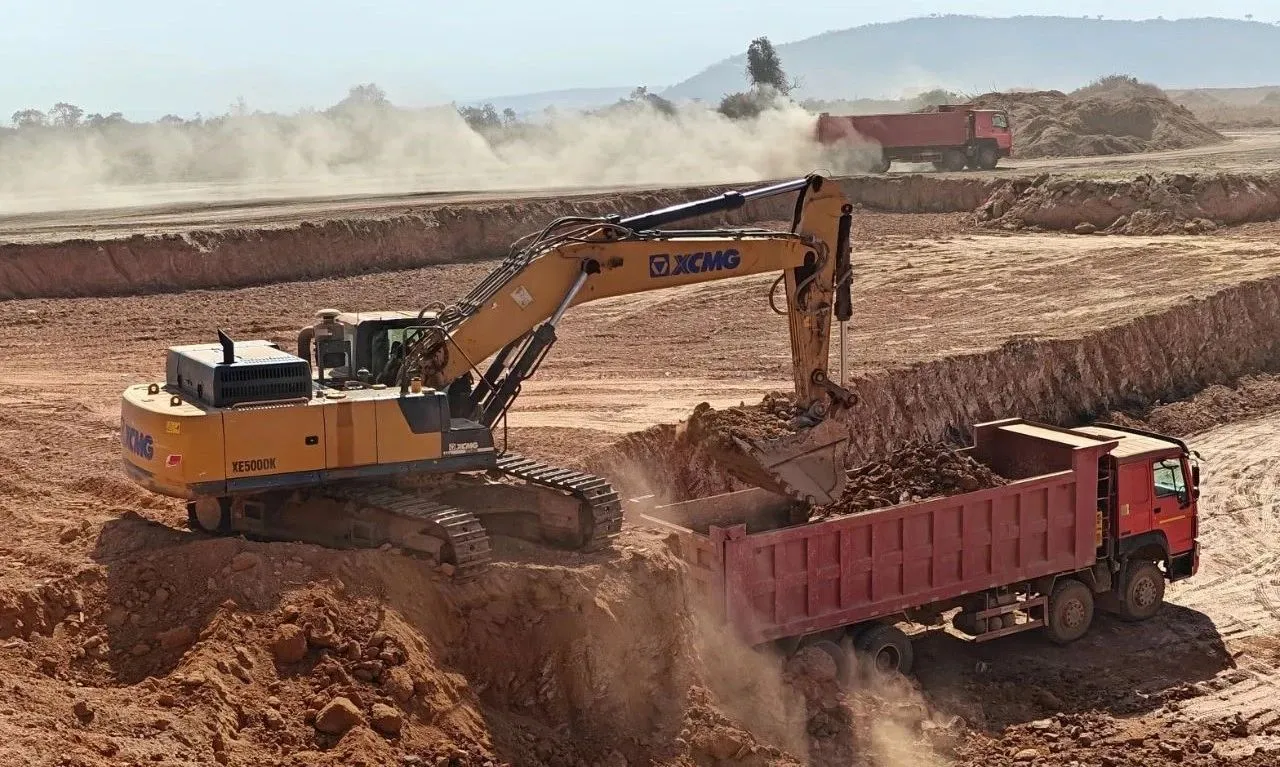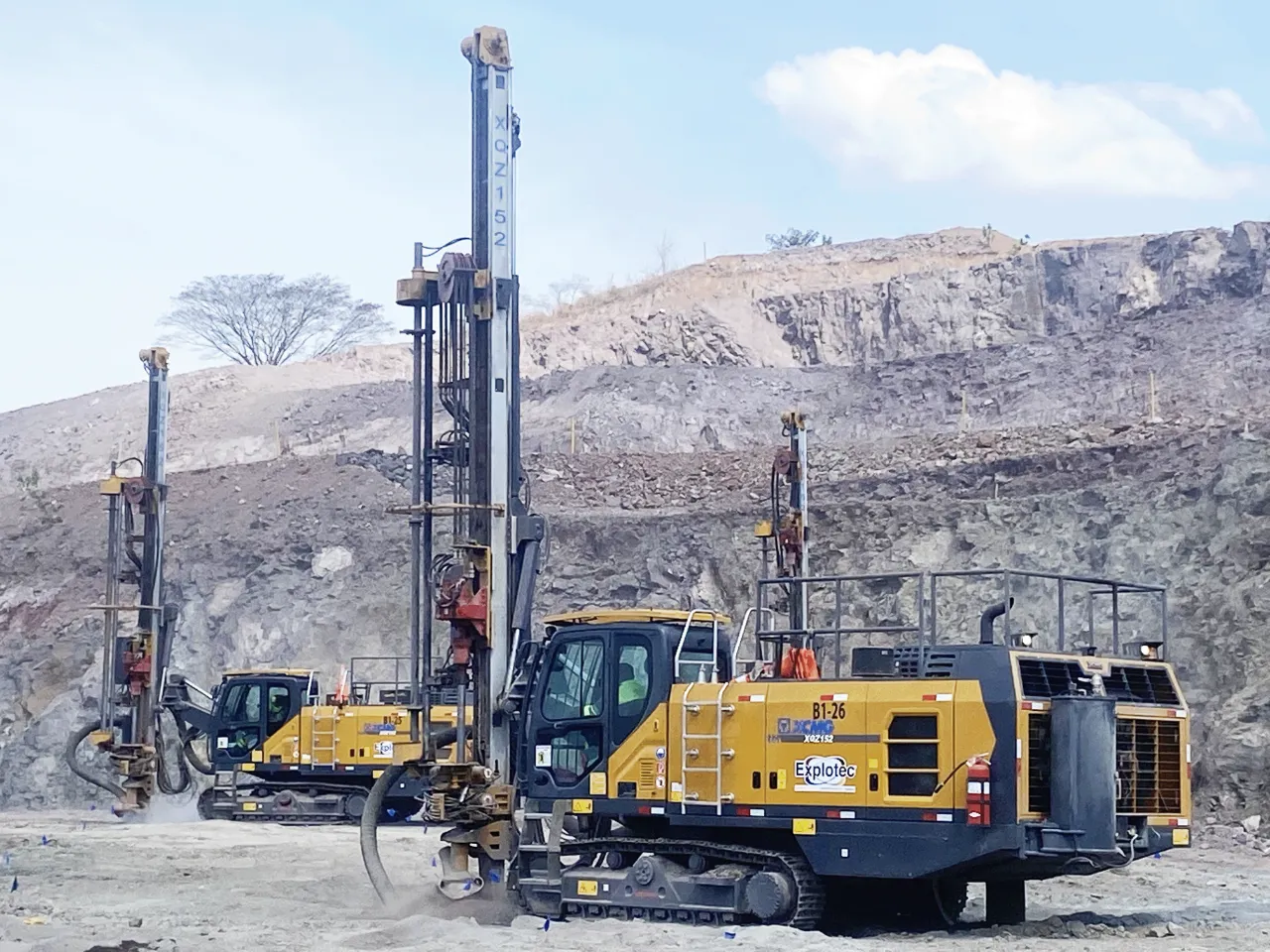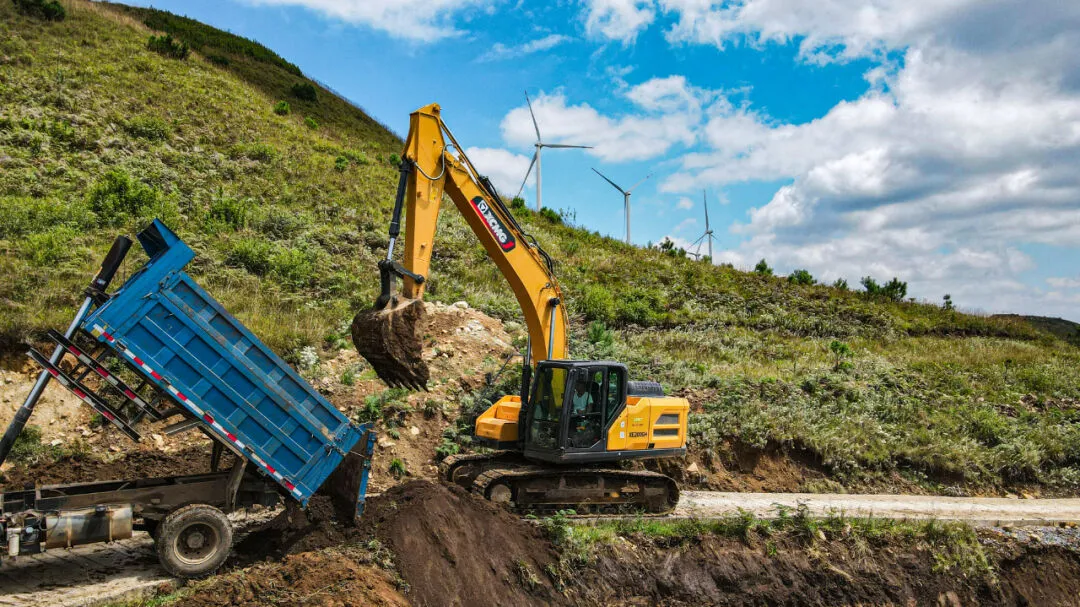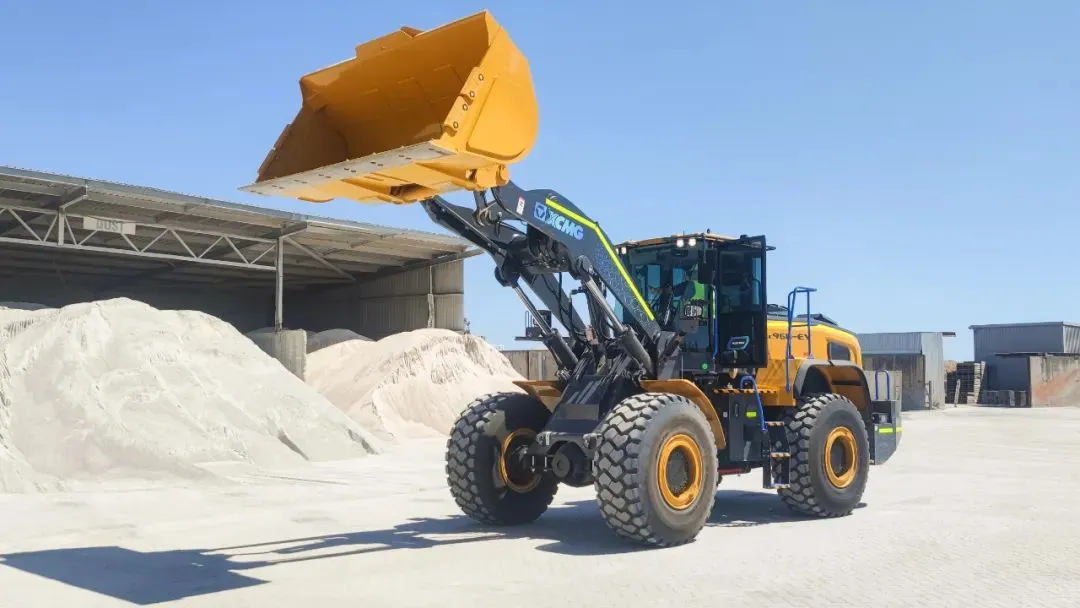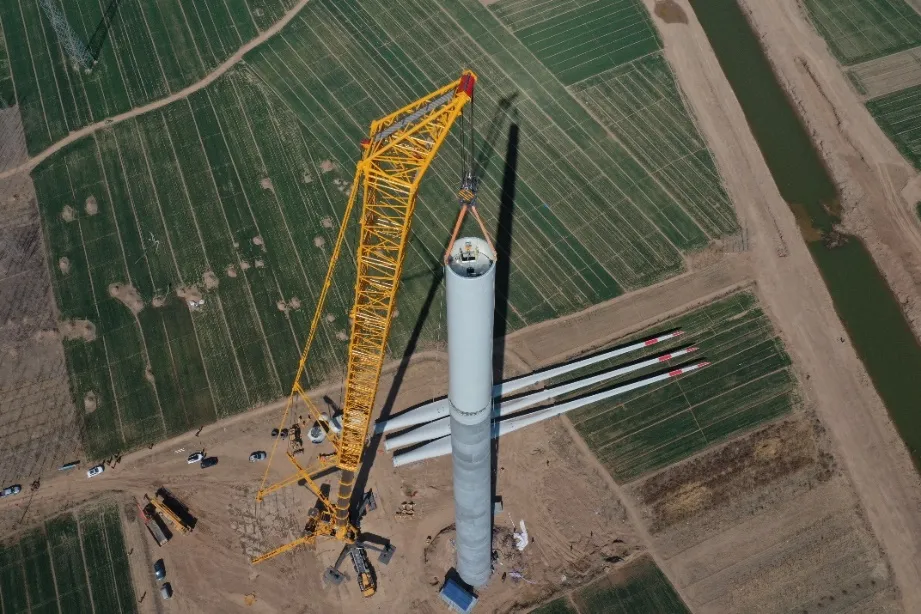Construction Struggles Due to Nearly Universal Lack of Skilled and Employable Workers
By Jenny Lescohier
The skilled labor shortage in construction is a well-known critical
issue facing the industry, but the severity of the lack of qualified workers
reveals problems that demand immediate solutions if the U.S. is to meet growing
construction demand.
According to results of a workforce survey conducted by the Associated
General Contractors of America (AGC) and Autodesk, 93% of construction firms
report they have open positions they are trying to fill, and among them, 91%
are having trouble filling at least some of those positions – particularly
among the craft workforce that performs the bulk of on-site construction work.
“The most common explanation for difficulty in filling positions
cited by 77% of firms is that available candidates lack the skills needed to
work in construction or cannot pass a drug test,” stated Ken Simonson, chief
economist with AGC.
“We’ve also seen in the national employment reports that unemployment
in construction as of July was actually running a little bit lower than other
industries,” he said. “That’s extraordinary for an industry that doesn’t always
keep people on the payroll after one project finishes. At 3.5%, that
essentially means there’s almost nobody out there with construction experience
looking for a new job in construction.”
The results of the survey underscore the need for public officials to
invest in new construction-focused workforce development programs, but a panel of
construction professionals in a webinar put on by AGC said the industry needs
to attack the problem from every angle, including education and training,
public relations and things as simple as employers improving wages, benefits
and workplace conditions.
“Firms are increasing pay and improving benefits. They’re getting
more involved in construction education programs to help ensure new workers
have basic essential skills and they are boosting investments in their own
training programs as they accept more workers who lack those key skills,”
Simonson noted, pointing to workforce development initiatives by the AGC and
its chapters, such as the Construction Is Essential targeted digital recruiting
campaign, and its Culture of Care workplace retention program.
“Federal, state and local leaders must invest in the kind of career
and technical education programs that will expose more existing and future
workers to the many career opportunities that exist in construction,” Simonson
said. “These programs also provide the kind of essential skills employers are
seeking.”
On a very different note, Simonson suggested federal officials should
also take steps to allow more workers to lawfully enter the country to help
meet unfilled demand. Later in the online discussion, panelists talked about
promoting the benefits of a career in construction to other untapped labor
pools, including retail and hospitality industry workers displaced by
restrictions due to the Covid-19 pandemic.
Panelists also discussed looking to individuals with past
incarcerations as potential job candidates, as many are looking to improve
their lives but to date have had limited employment options.
“I’ve hired a couple of young ladies that had been incarcerated and
I’ve had great success on it,” said LaTasha McCall, owner/president at LM2
Construction Inc. in Kansas City, MO. “I’ve had more success with the women and
men that we got that were incarcerated versus the people that we hire right out
of high school.”
The TradeUp program was noted as a potential solution, as it offers
career guidance and leadership development, as well as training, certification,
and qualification for construction, utilities, manufacturing, ports and
terminals, to people in other fields looking to make a change. TradeUp directly
connects workforce development funding sources and community organizations with
employers to help people move into skilled trades careers.
Potential solutions aside, the current shortages stand to have an
increasingly detrimental impact on project completion.
“Construction workforce shortages are severe and having a significant
impact on construction firms of all types, all sizes and all labor
arrangements,” said Simonson. “These workforce shortages are compounding the
challenges firms are having with supply chain disruptions that are inflating
the cost of construction materials and making delivery schedules and product
availability uncertain.
“Eighty-two percent of firms report projects they work on have been
delayed because of supply chain challenges and two-thirds (66%) have projects
that have been delayed because of labor shortages,” he added.
“Without enough workers to keep pace with demand, the federal
government’s new infrastructure funding and more recent investments in
semiconductor factories and energy infrastructure projects will not deliver as
much as promised, Simonson warned.
Results show all types of firms are experiencing similar challenges.
Nearly identical results were reported by contractors that use exclusively
union craft labor and by firms that operate as open-shop employers; by firms
with $50 million or less in annual revenue and ones with more than $500 million
in revenue; by companies in all four regions of the country; and by contractors
doing building construction, highway and transportation projects, federal and
heavy work, or utility infrastructure.
Supply chain problems and labor shortages are making construction more
expensive. Eighty-six percent of firms have raised base pay rates for their
workers while 70% have passed along rising materials costs to project owners
during the past year.
Cost and supply chain challenges have prompted some owners to cancel or
delay projects; 58% of respondents report owners canceled, postponed or scaled
back projects due to increasing costs, while one-third of firms report projects
were impacted due to lengthening or uncertain completion times.
Many construction firms report they are taking steps to overcome
workforce shortages. In addition to the fact most firms have raised pay rates,
45% are providing incentives and bonuses and a quarter of firms (24%) have also
improved their benefits packages.
Technology is playing an important role in helping firms cope with
labor shortages and other challenges. Eighty-seven percent of firms agree their
employees need to possess digital technology skills to be successful as firms
adopt new technologies. And while few candidates possess key construction
skills, nearly two-thirds of responding firms say at least half of the people
they are hiring possess the technology skills they need.
“While the majority of construction firms today are struggling to
find skilled workers to fill open jobs, the labor shortage is only going to
intensify as more workers retire,” said Allison Scott, director, customer
experience & industry advocacy at Autodesk. “What’s inspiring is that
construction firms recognize this and are taking a proactive approach to preparing
future workers for careers in construction.
She added, “The renewed investments in career development and training
programs, as well as a focus on digital skills, demonstrates the industry is
committed to taking action to build the next generation of the workforce.”
AGC is calling on federal, state and local leaders to invest in career
and technical education programs that expose more existing and future workers
to the many career opportunities that exist in construction. The association is
also urging federal officials to allow more workers to lawfully enter the
country to help meet unfilled demand until the domestic pipeline for preparing
workers is rebuilt.
“There is plenty of work for the industry to perform, there just aren’t enough people to do the work or materials to complete the projects,” said Simonson. “Addressing labor shortages and supply chain problems will ensure that the construction industry can upgrade America’s infrastructure, modernize its manufacturing sector and help deliver a more reliable and cleaner energy grid.”
